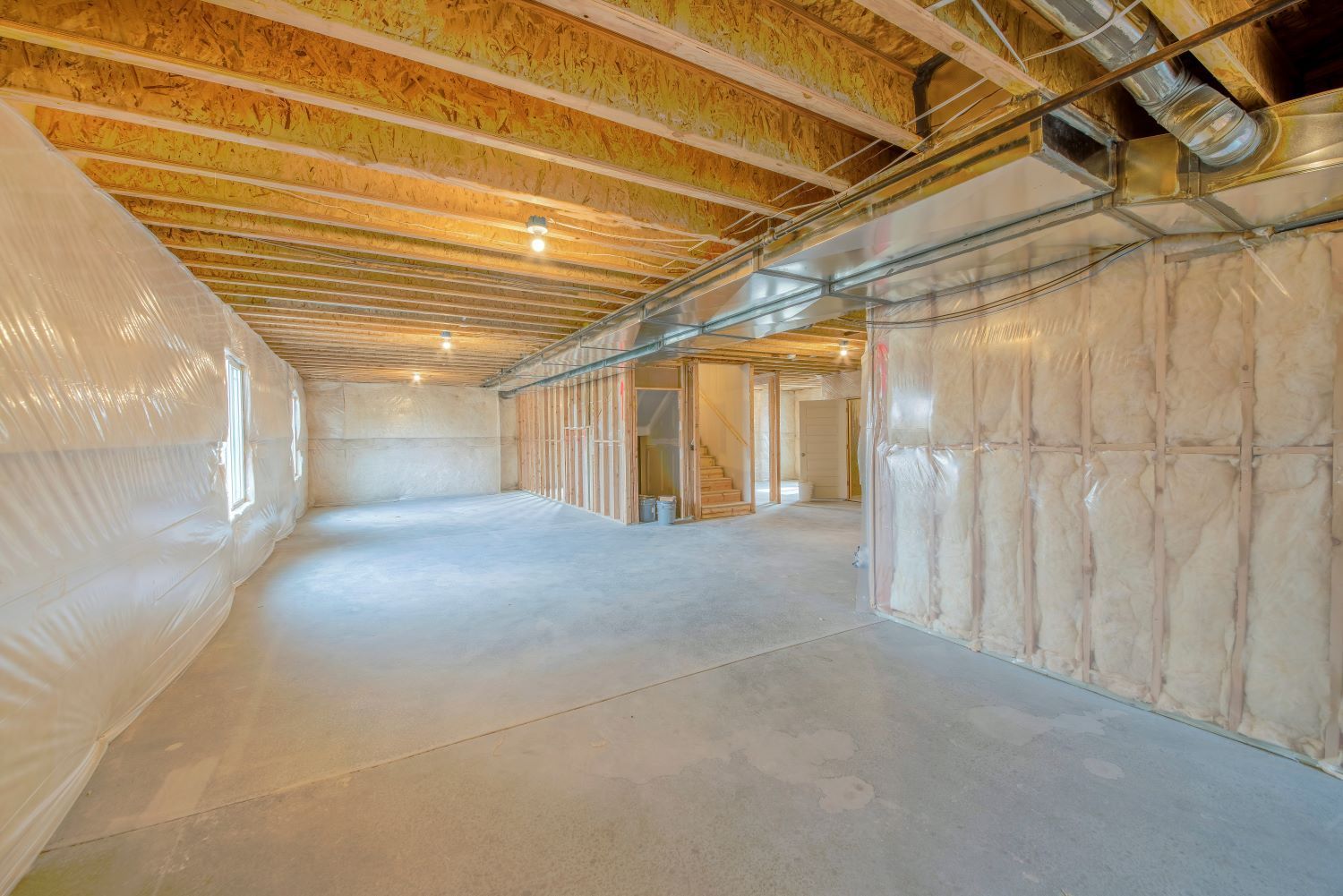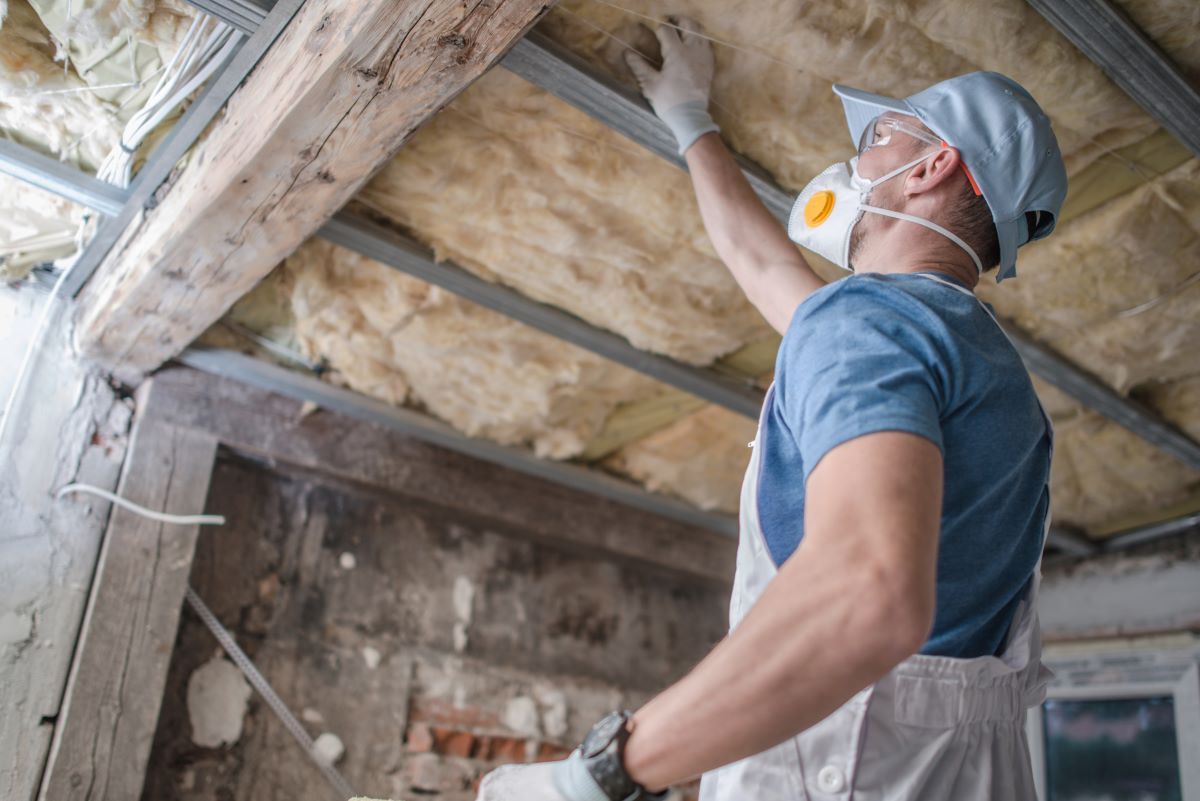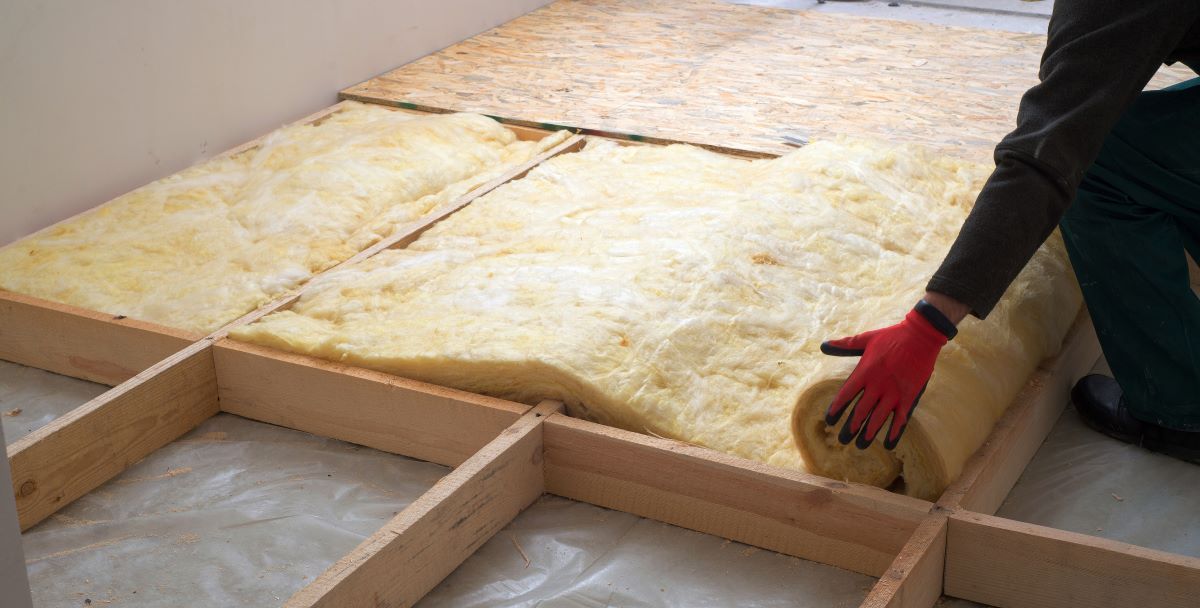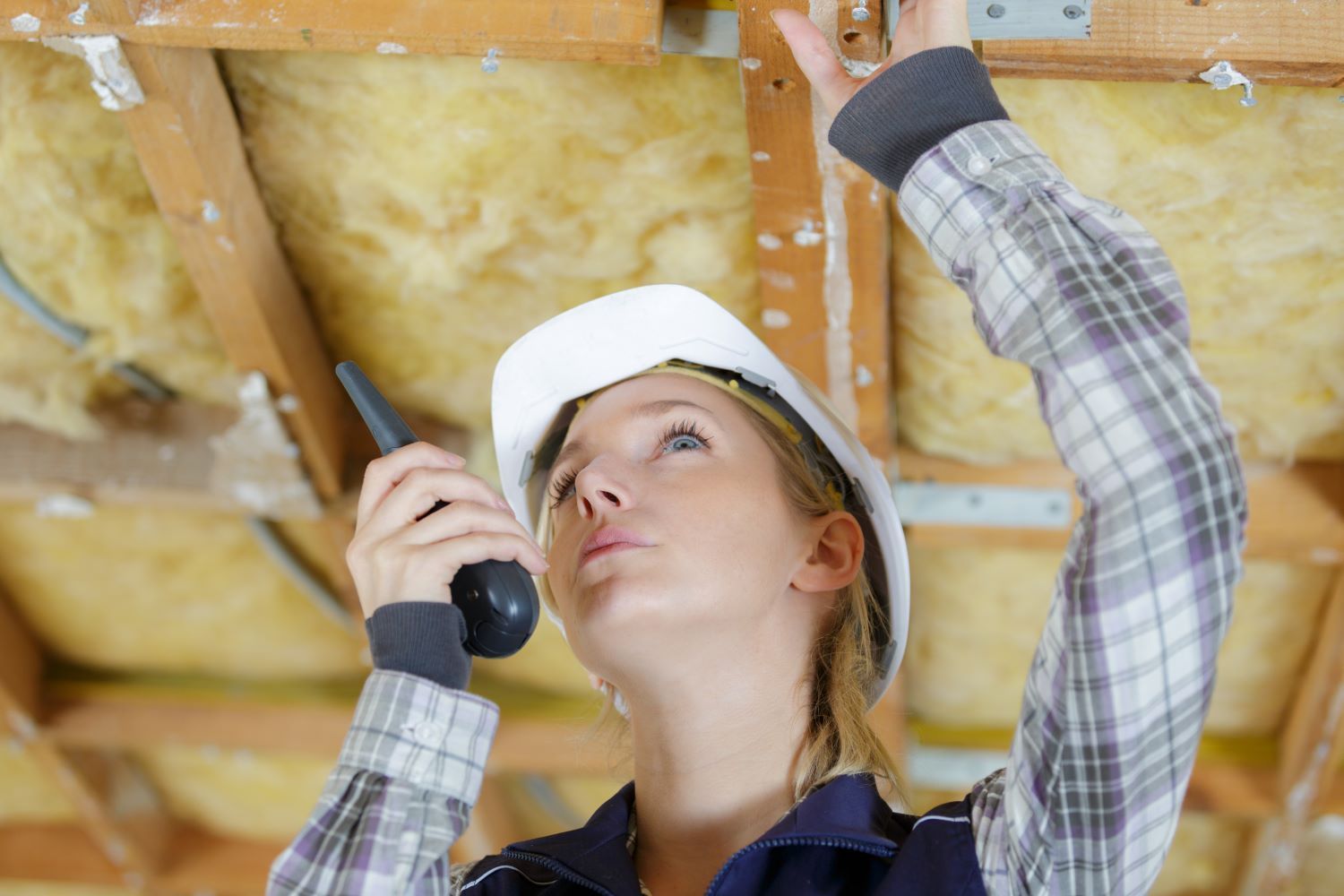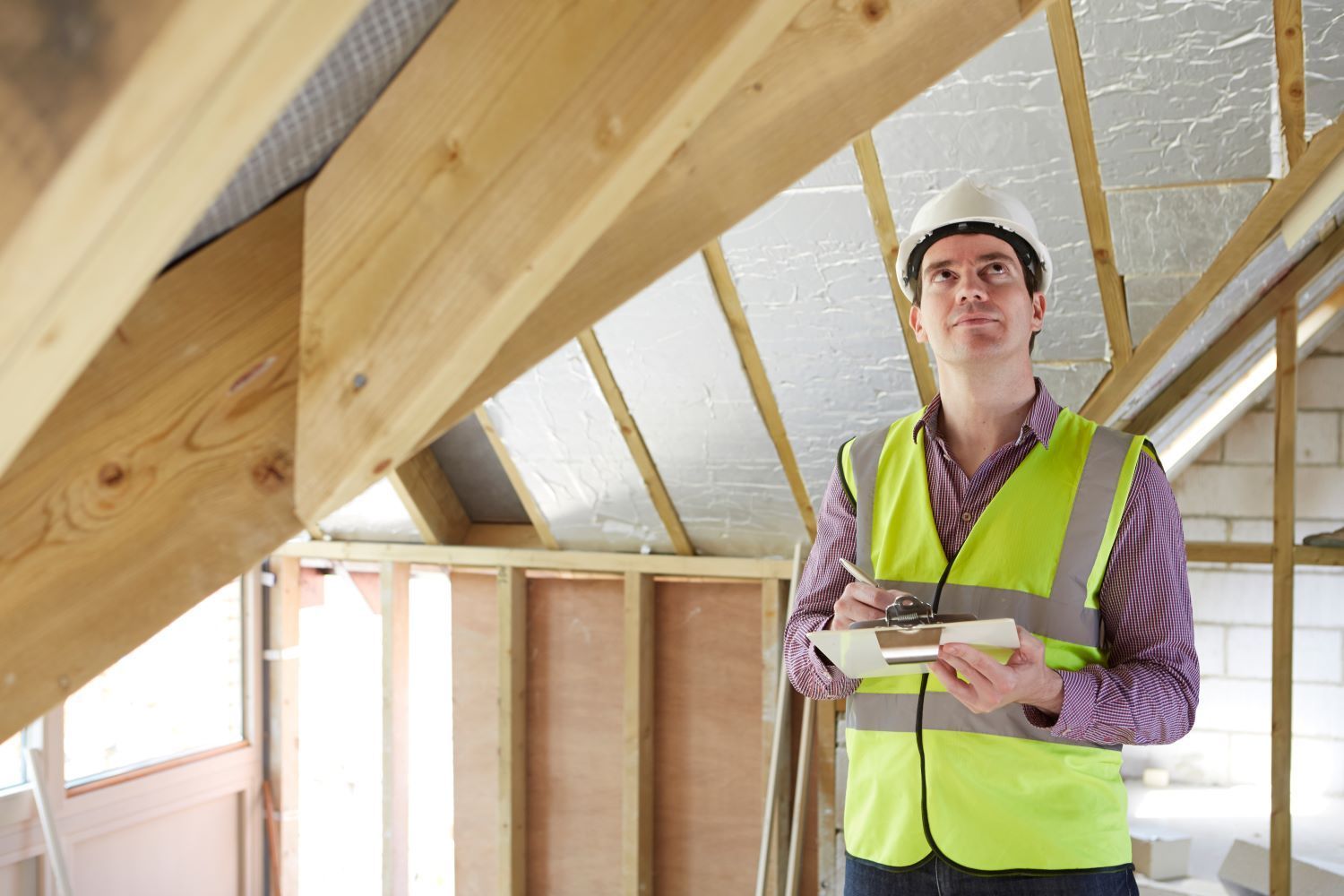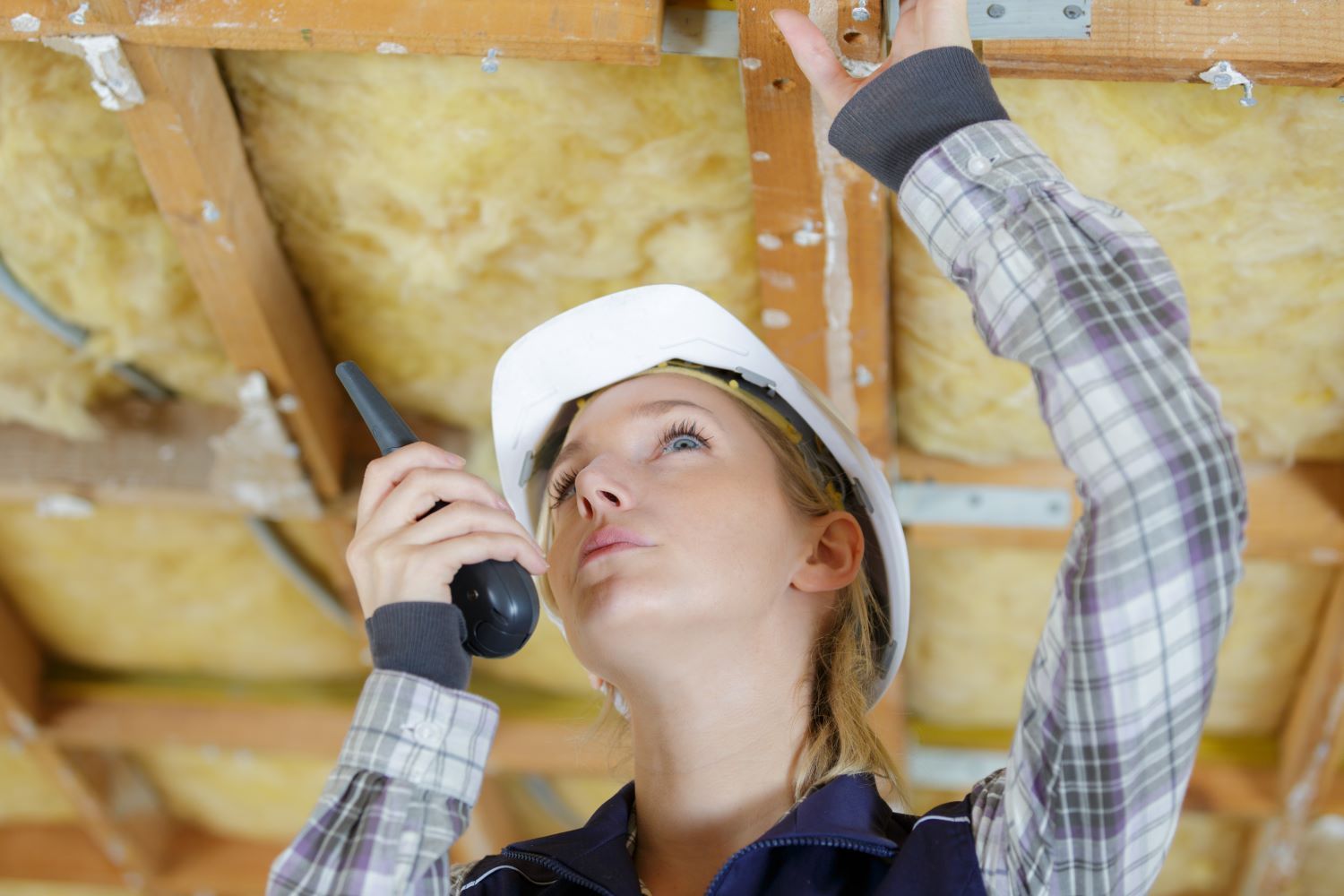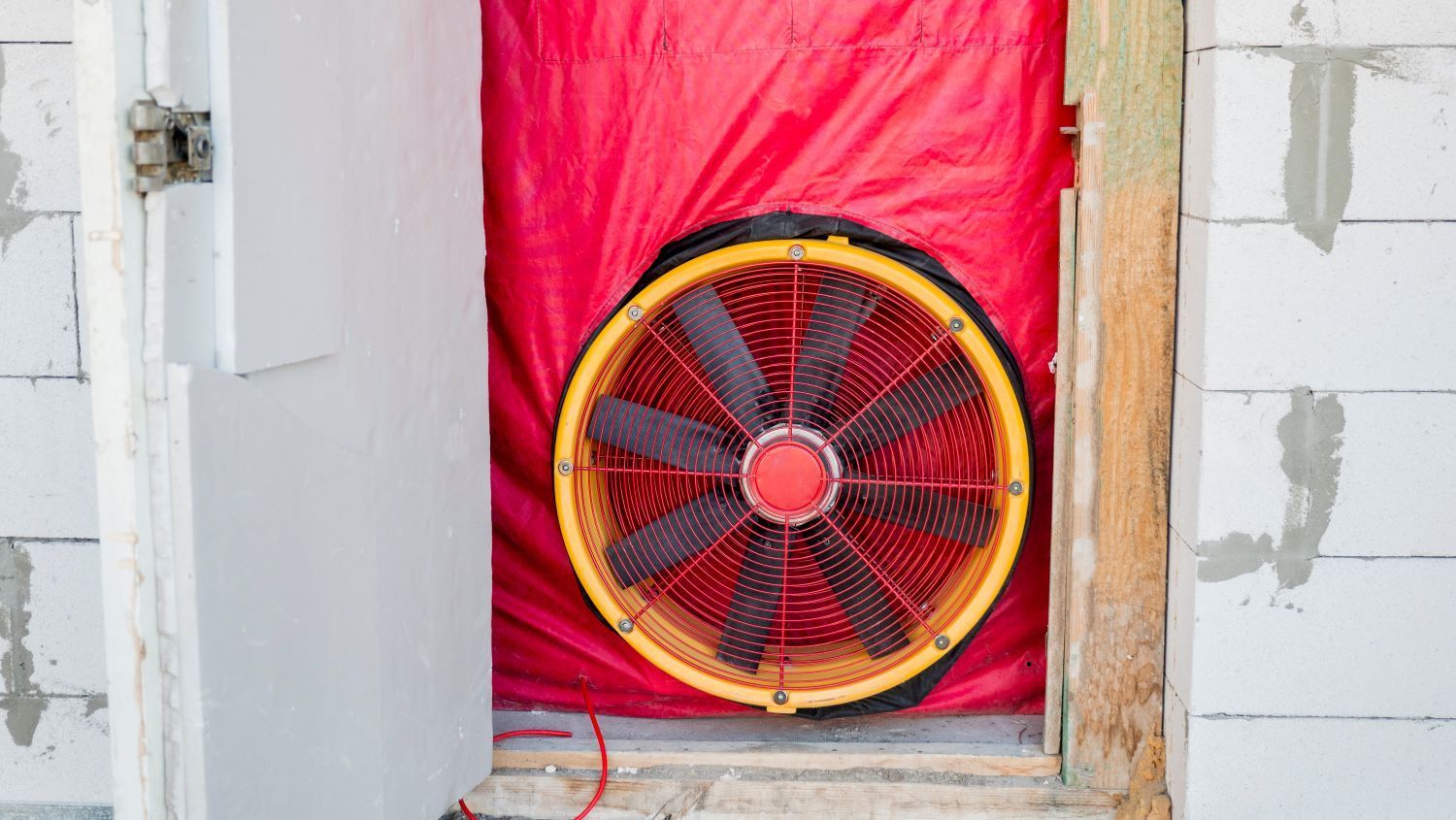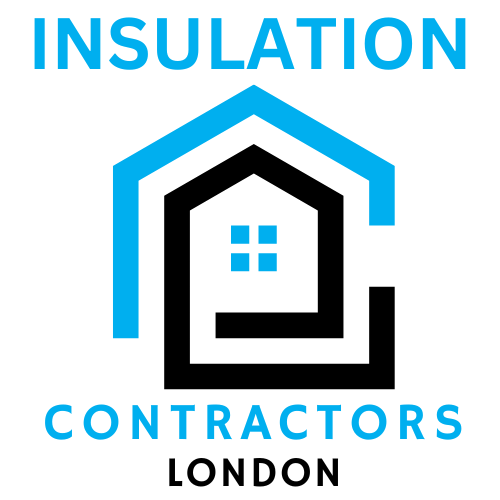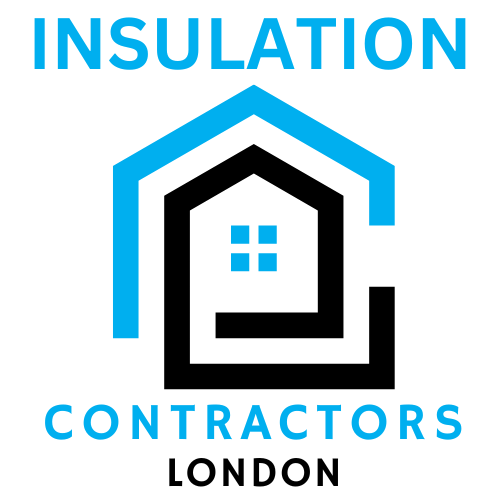6 Benefits of Insulation Removal
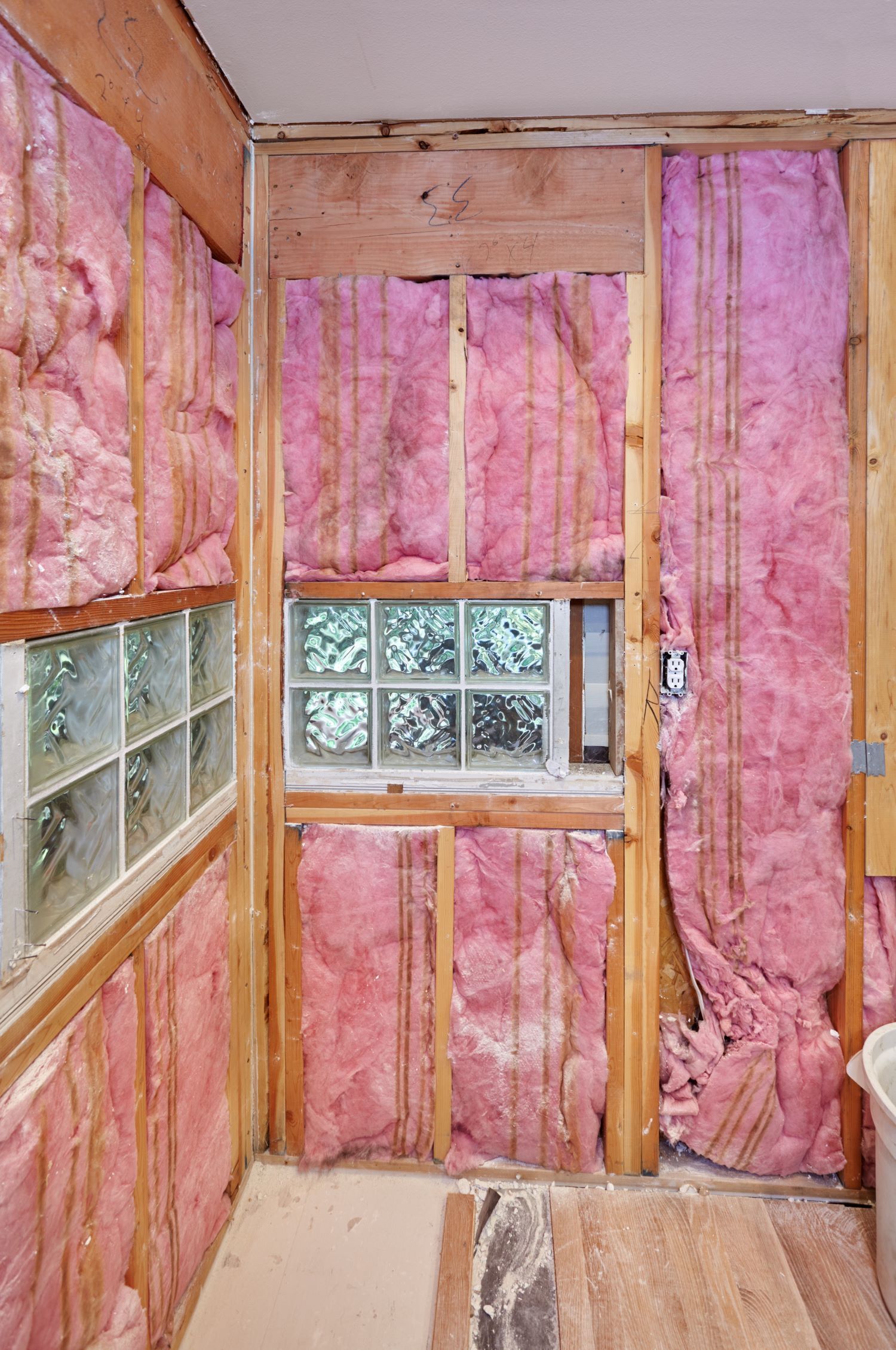
At Insulation Contractors London, we understand the importance of maintaining a properly insulated home. However, there are times when insulation removal becomes necessary to ensure the safety, efficiency, and comfort of your living space. Let's explore the benefits of insulation removal and why it may be a worthwhile investment for your home.
1. Improved Indoor Air Quality:
Over time, insulation can become contaminated with dust, mold, mildew, and other pollutants, compromising indoor air quality. By removing old or damaged insulation, you can eliminate these contaminants and improve the overall air quality in your home, creating a healthier living environment for you and your family.
2. Enhanced Energy Efficiency:
Old or ineffective insulation can result in energy loss, causing your heating and cooling systems to work harder to maintain a comfortable temperature. By removing old insulation and replacing it with high-quality, energy-efficient insulation materials, you can significantly reduce energy consumption and lower your utility bills.
3. Prevention of Pest Infestations:
Insulation can provide a cozy nesting ground for pests such as rodents, insects, and birds. Left unchecked, these pests can cause damage to your insulation and other areas of your home. By removing contaminated or damaged insulation, you can prevent pest infestations and protect your home from costly repairs.
4. Identification of Underlying Issues:
Insulation removal allows for a thorough inspection of your home's attic, walls, and crawlspaces, enabling contractors to identify and address any underlying issues such as water damage, mold growth, or structural damage. By addressing these issues early on, you can prevent further damage and avoid more extensive repairs in the future.
5. Preparation for Home Renovations:
If you're planning to renovate or remodel your home, insulation removal may be necessary to facilitate the construction process. Removing old insulation allows contractors to access wall cavities, ceilings, and floors, making it easier to install new insulation and complete your renovation project efficiently.
6. Compliance with Building Codes:
In some cases, outdated or improperly installed insulation may not meet current building code requirements. By removing non-compliant insulation and replacing it with code-compliant materials, you can ensure that your home meets safety and insulation standards, protecting your investment and ensuring peace of mind.
Conclusion:
While insulation removal may seem like a daunting task, the benefits far outweigh the challenges. By investing in professional insulation removal services from Insulation Contractors London, you can improve indoor air quality, enhance energy efficiency, prevent pest infestations, identify underlying issues, prepare for home renovations, and ensure compliance with building codes. Contact us today to learn more about our insulation removal services and schedule a consultation for your home in London, Ontario.
